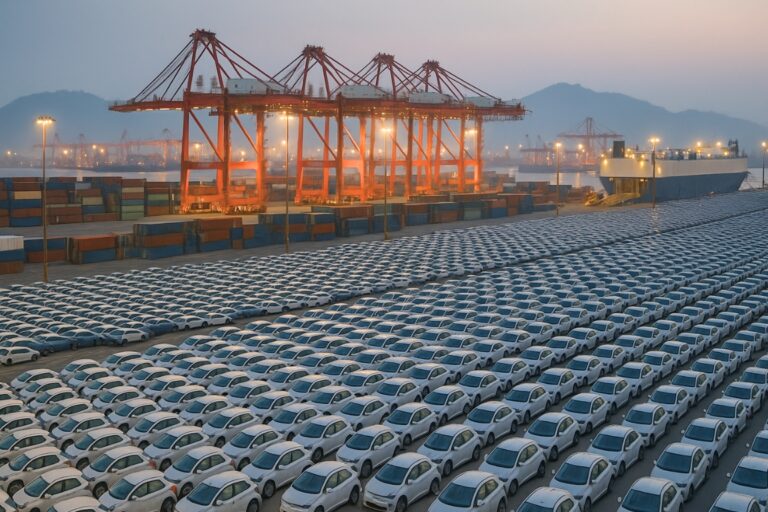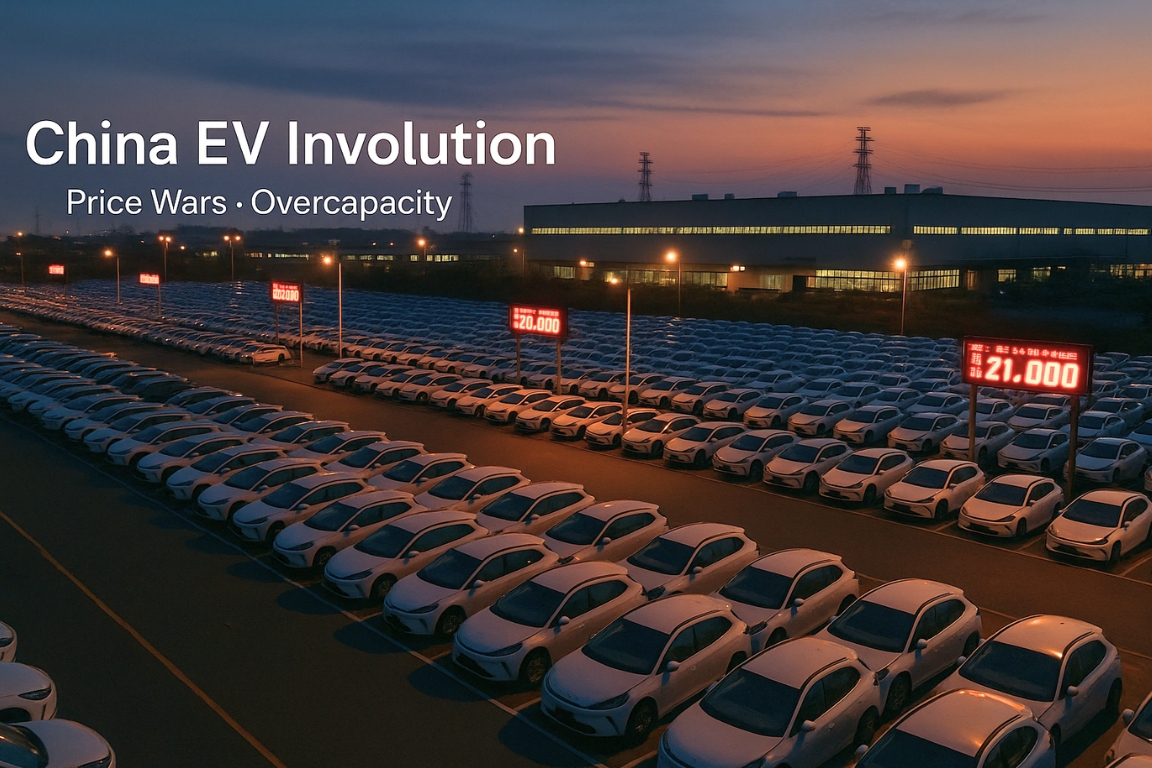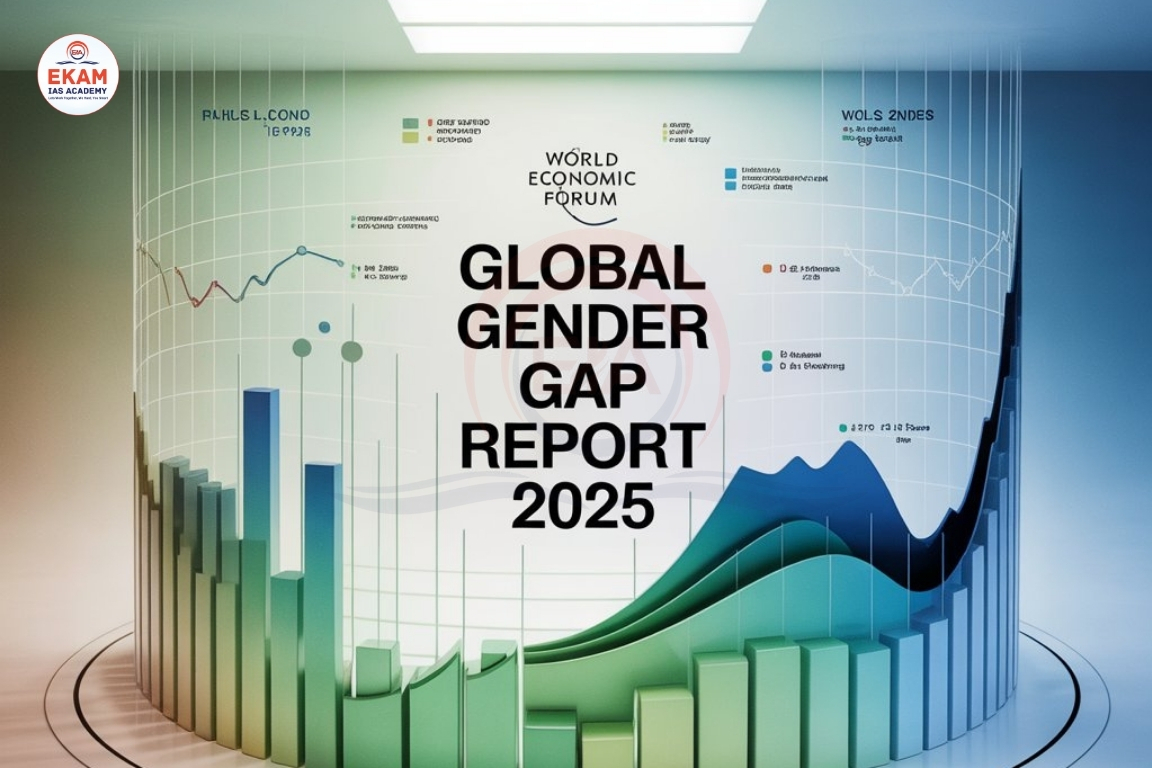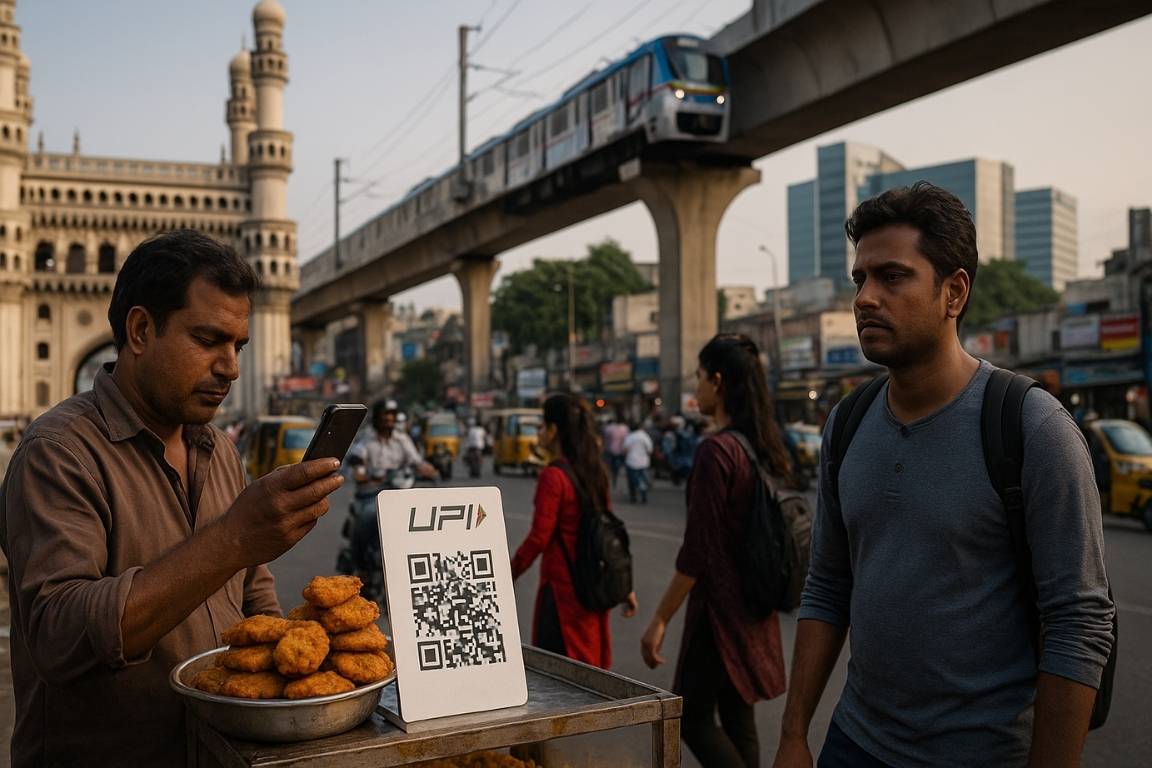China’s electric car industry is struggling because too many companies are cutting prices to compete, causing heavy losses. The government and President Xi Jinping now plan to control this unhealthy competition and close down weak factories.
What is “Involution”?
- Meaning of Involution: Comes from Latin involutio, meaning “to turn inward.”
- Anthropology Concept: Clifford Geertz used it in Agricultural Involution to describe systems where more work and complexity don’t lead to better results.
- Economics Usage: In modern economics, it means firms compete so hard that profits shrink, even if total output grows.
- Example in China’s EV Sector: Companies lower prices too much to gain market share, causing falling profits and excess production.

Factors Behind Involution in the EV Sector
- Oversupply: Over 120–130 EV companies competing for the same market share in China.
- Price Wars: Rivals slashing prices below production costs to survive.
- Tariff Pressures Abroad:
- U.S. imposed 100% tariffs on Chinese EVs and parts.
- EU imposed additional countervailing duties (17–35%) citing unfair subsidies.
- Turkiye and Mexico added heavy import duties to block Chinese EV inflow.
- Domestic Saturation: With export barriers rising, companies intensified competition in the home market.
Impact of Involution
- Financial Losses: Firms unable to recover production costs.
- Industry Consolidation: Smaller or weaker EV makers risk shutting down.
- Employment Concerns: Factory closures could hit jobs in the auto sector.
- Global Trade Tensions: Tariffs reflect protectionism by U.S. and EU to safeguard their auto industries.
- Technology Advantage: Despite challenges, Chinese EVs remain globally competitive in cost and innovation.
China’s Response to Tackle Involution
- Policy Push: MIIT and Politburo in mid-2025 aimed to stop price wars and excessive competition in EVs.
- Legal Measures: Draft pricing law proposed to ban below-cost selling and unfair algorithmic pricing.
- Xi Jinping’s Guidance: Urged ending chaotic price competition and phasing out outdated production.
- Industry Actions: EV firms are expanding abroad and entering new markets outside Europe and the U.S.
Significance of the Issue
- Highlights the risks of overcapacity in state-backed sectors.
- Demonstrates the impact of global trade protectionism on China’s industries.
- Shows the challenge of balancing consumer benefits (low prices) with industry survival.
- Reflects how economic terms like involution are shaping global economic debates.
Lessons India can learn from China’s EV involution:
- Avoid Overcrowding the Market – Too many firms competing for the same customers can hurt profits.
Example: If too many Indian EV startups launch at once, small companies may fail. - Prevent Destructive Price Wars – Selling below cost may attract customers short-term but damages the industry long-term.
Example: Discounting EVs too much in India could make companies lose money and stop investing in new technology. - Manage Overcapacity – Expanding production without enough demand leads to waste and losses.
Example: Building too many EV factories in India before demand grows could leave unused plants. - Support Healthy Competition – Encourage innovation rather than just price-cutting.
Example: Indian EV makers could focus on battery efficiency or better software instead of only lowering prices. - Plan for Global Trade Challenges – Tariffs or import rules abroad can affect exports; diversify markets.
Example: Indian EV companies can target Southeast Asia or Africa, not just Europe and the U.S.
Conclusion:
The crisis in China’s EV sector shows how excessive competition without regulation can harm both industry and economy. By curbing price wars and allowing weaker firms to exit, Beijing aims to create a more stable and sustainable EV ecosystem.





